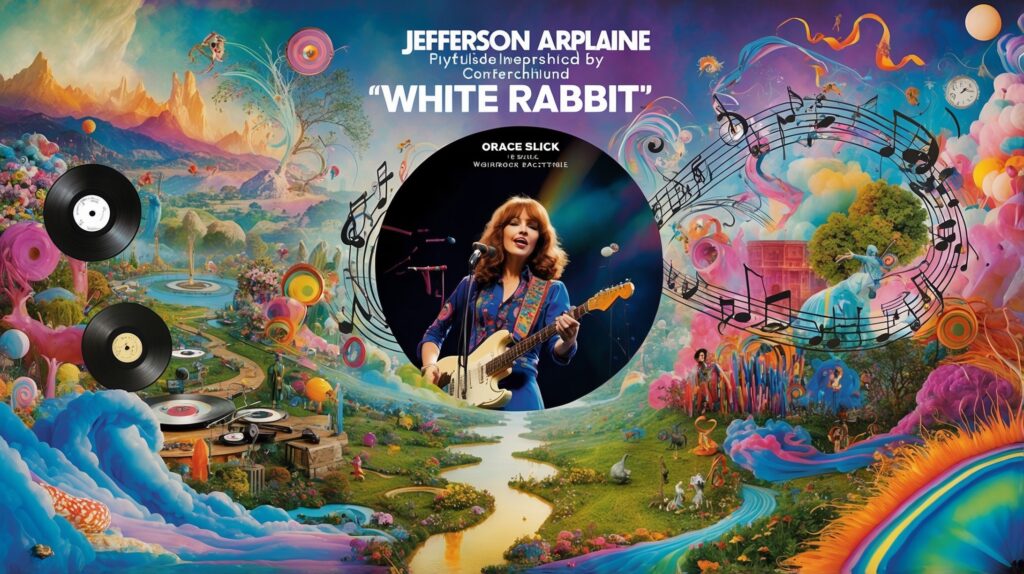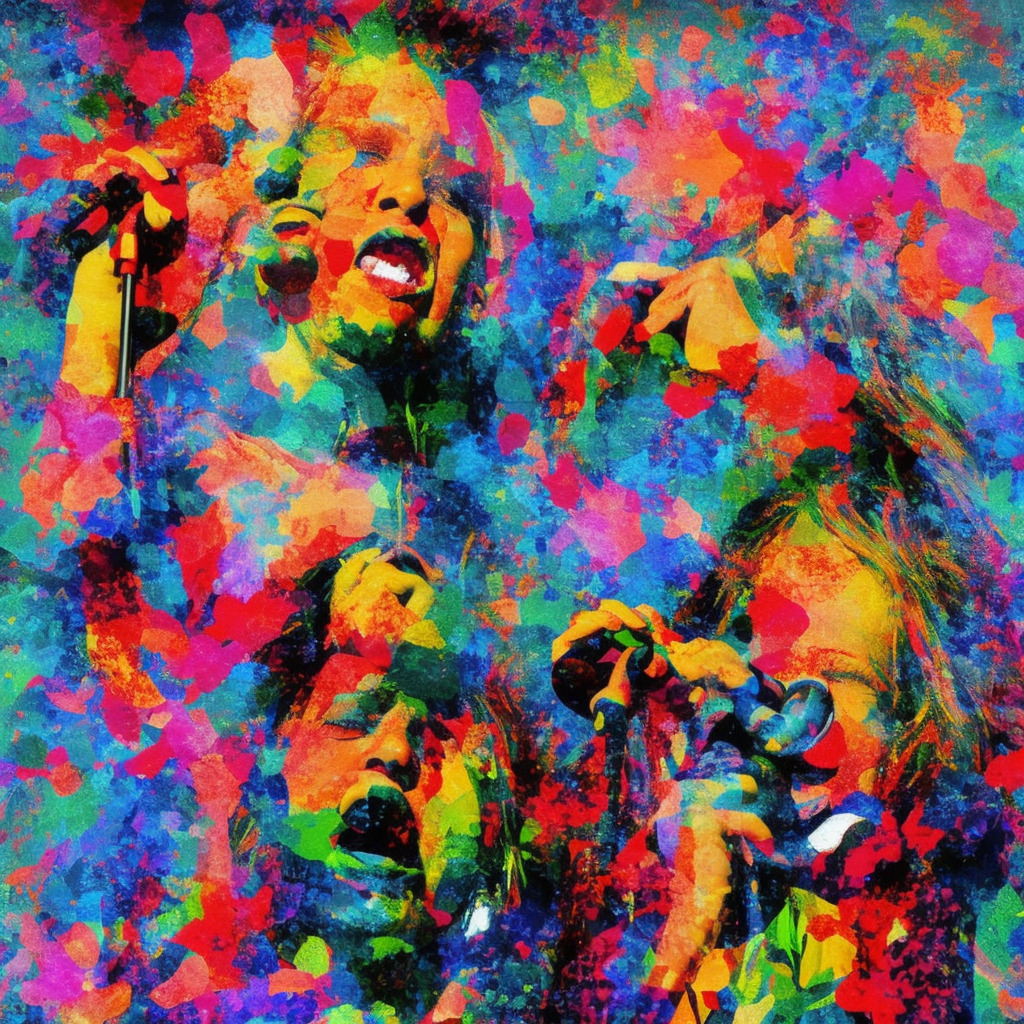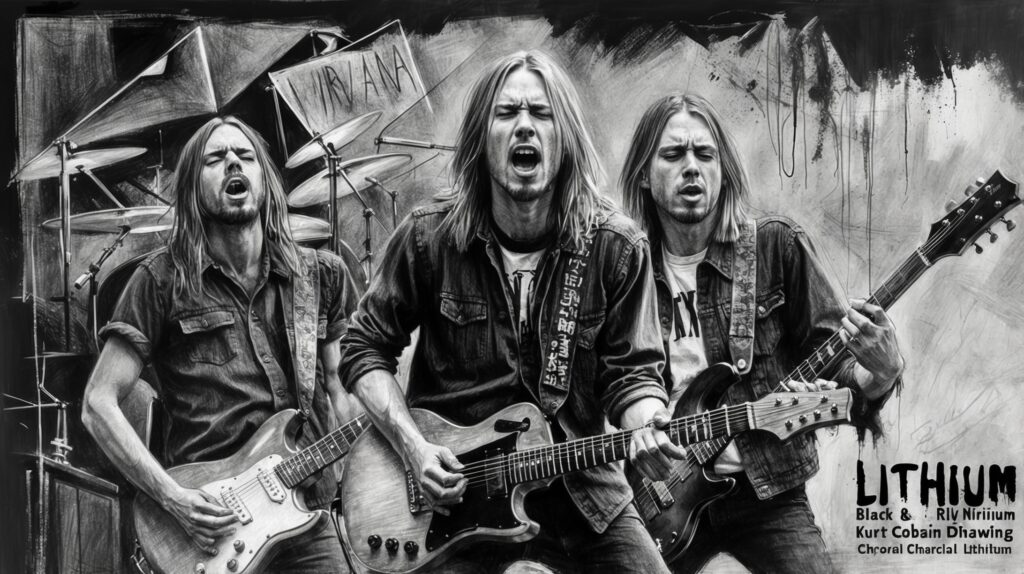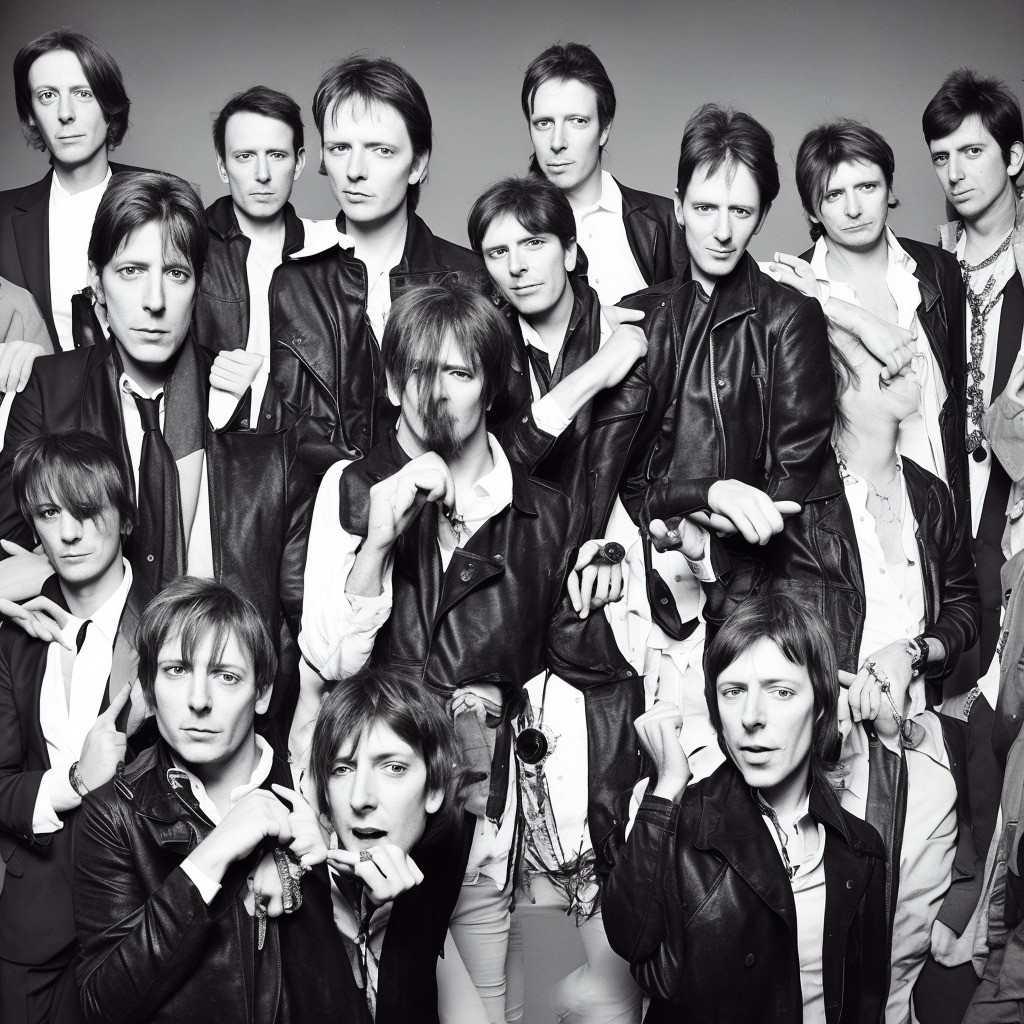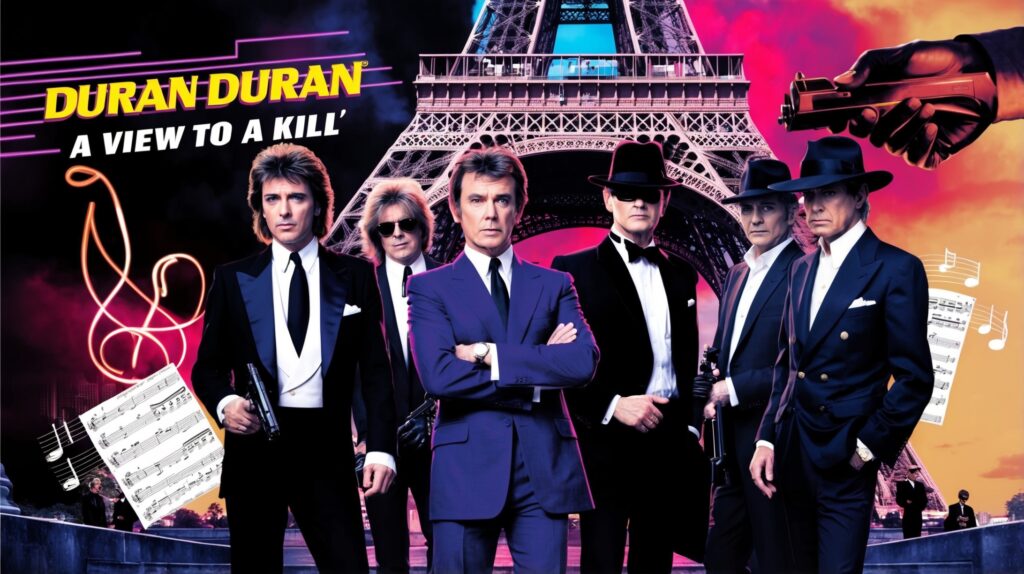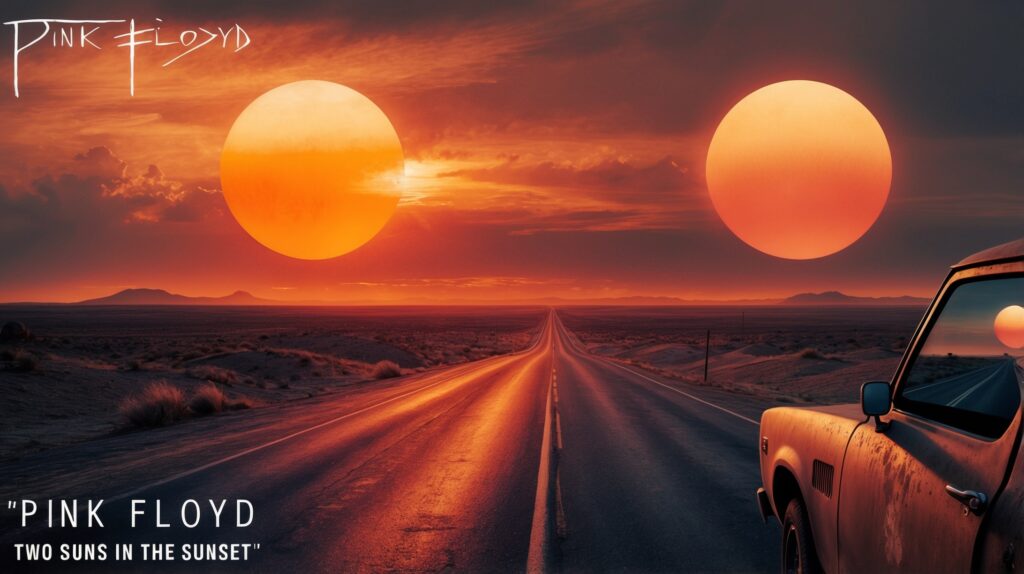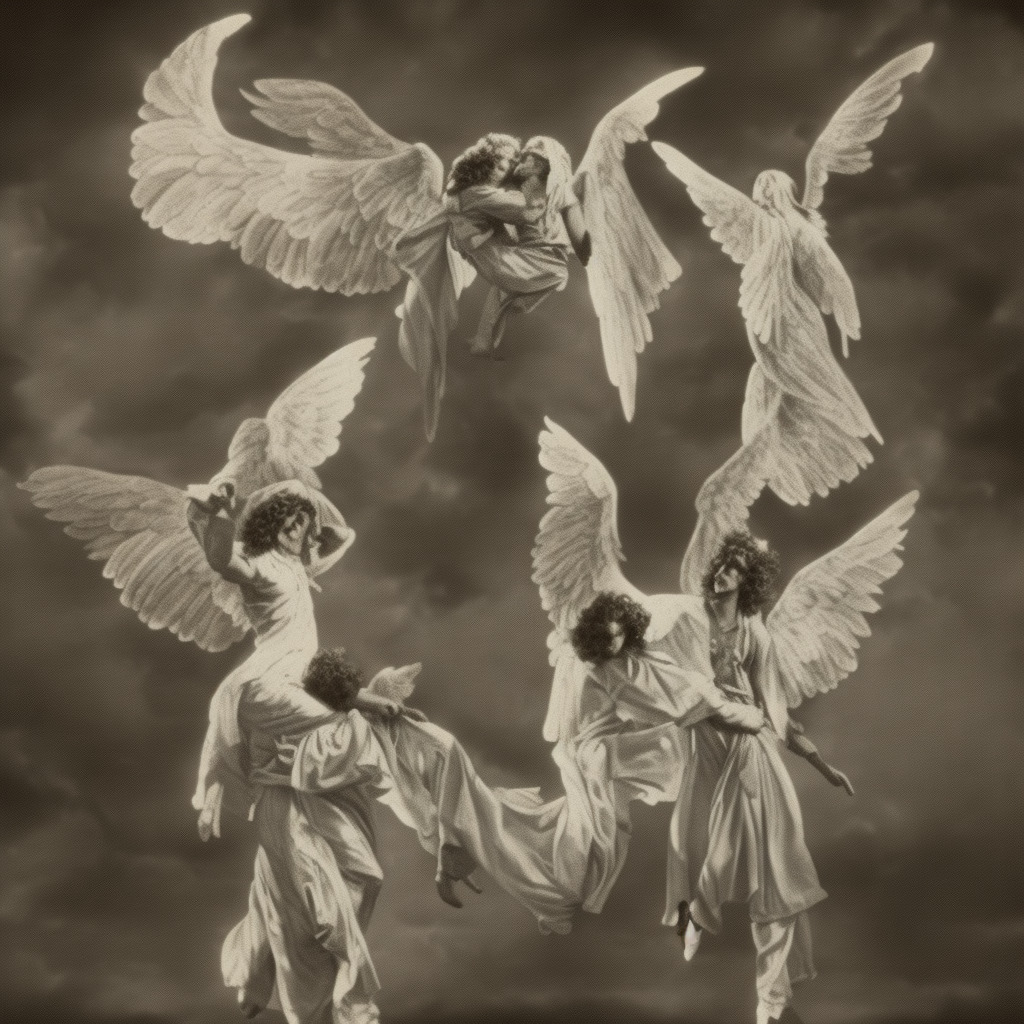The Enigma of Jefferson Airplane and Their Psychedelic Anthem
Explore the profound impact of Jefferson Airplane’s ‘White Rabbit’ on the band’s legacy and the vibrant 1960s music scene.
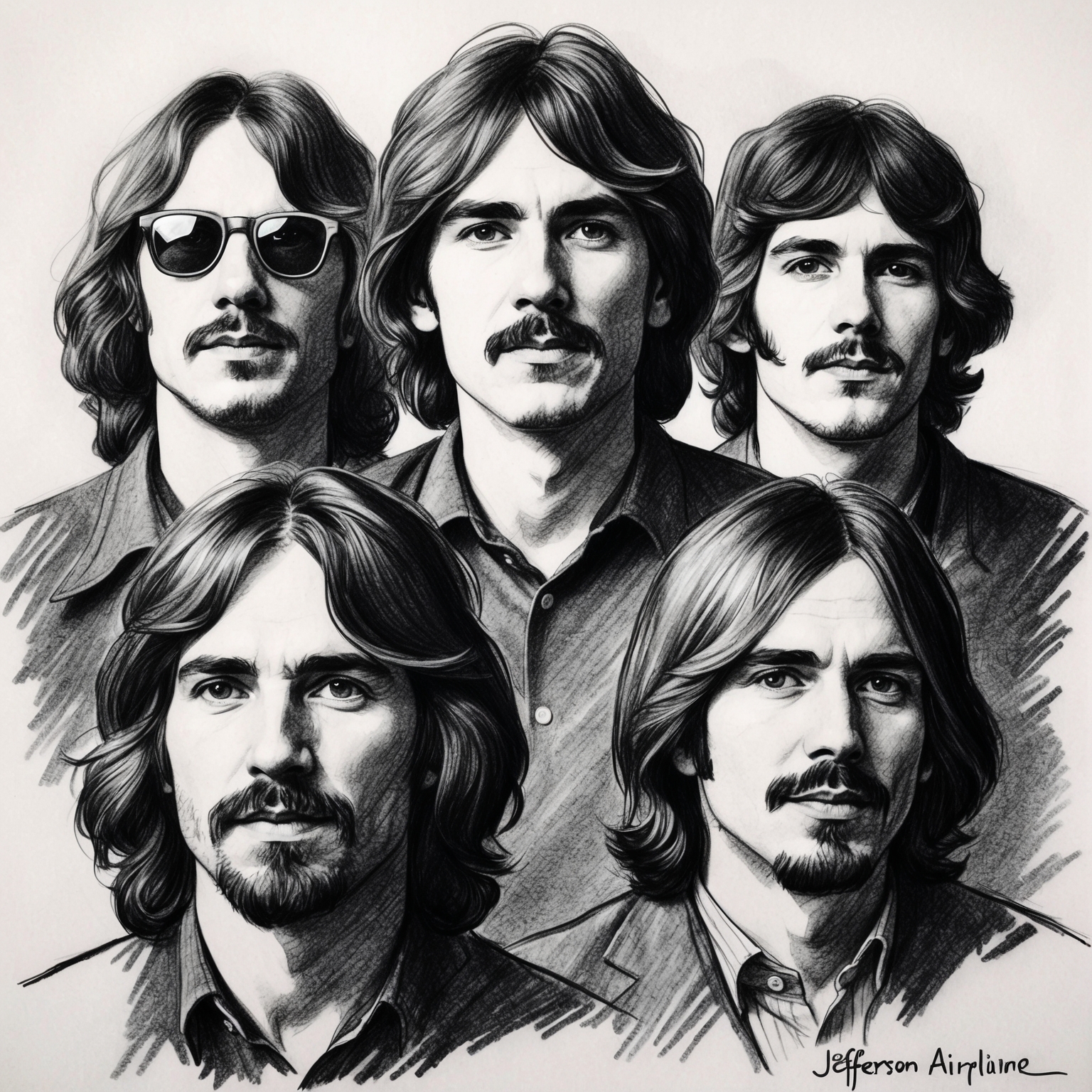
Jefferson Airplane, one of the leading exemplars of the counterculture movement of the 1960s, etched their name in the annals of music history with their iconic track, “White Rabbit.” This song not only became a defining moment for the band but also an anthem encapsulating the psychedelic era’s spirit. Emerging from the heart of San Francisco’s vibrant music scene, the band became a symbol of artistic experimentation and cultural revolution.
The band’s inception in 1965 marked the beginning of a new sound that echoed through America’s avant-garde music landscape. Initially formed by Marty Balin and guitarist Paul Kantner, Jefferson Airplane quickly gained traction with other recruits, including vocalist Grace Slick, whose riveting voice would elevate “White Rabbit” to legendary status. Slick, with her dynamic stage presence and creative prowess, contributed significantly to the band’s success, particularly during the release of their breakout album, “Surrealistic Pillow,” in 1967.
The mid-60s were a time of collaboration and experimentation, both within the band and with other artists. This fertile ground for creativity saw Jefferson Airplane perform alongside the likes of Jimi Hendrix and The Grateful Dead, deepening their influence within the psychedelic rock genre. As “White Rabbit” hit the airwaves, it was an embodiment of the era’s countercultural ethos, challenging the norms and provoking thought about consciousness and reality. The band’s synergy and the musical landscape of the time were key ingredients in making this song an everlasting masterpiece.
Grace Slick: The Musical Architect Behind ‘White Rabbit’
Grace Slick, the composer of ‘White Rabbit,’ emerged as a central figure in San Francisco’s psychedelic rock scene, bringing literary and psychedelic influences to Jefferson Airplane’s sound.
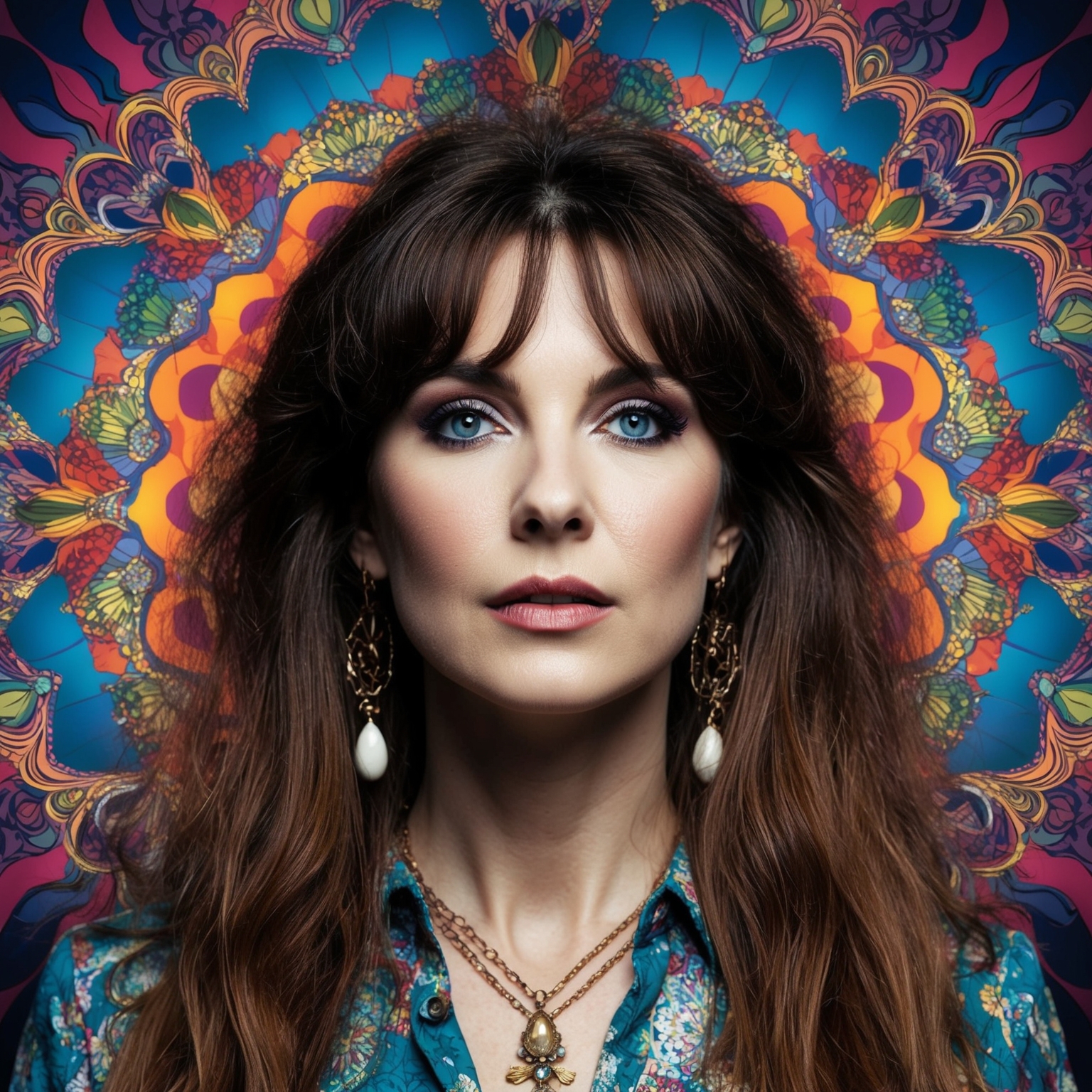
Grace Slick stands as one of the most iconic figures in the San Francisco rock scene of the 1960s. Before rising to fame with Jefferson Airplane, Slick was a part of another Bay Area band called The Great Society. Her background in art and music provided a rich foundation for her creative pursuits. Not formally trained in music, Slick’s journey was heavily influenced by the burgeoning counterculture movement, which allowed her unique voice and vision to shine.
Her musical style is distinctly eclectic, drawing from a wide array of influences that make her compositions stand out. Slick was particularly inspired by the burgeoning psychedelic rock scene, as well as classical composers like Ravel and Mozart, which can be seen in the structure and themes of ‘White Rabbit.’ Her work often explores surreal and existential themes, epitomized by ‘White Rabbit’ drawing from Lewis Carroll’s ‘Alice’s Adventures in Wonderland’ as a metaphor for mind expansion.
Collaboration played a crucial role in Slick’s career, particularly her partnership with Jefferson Airplane. As the band’s lead singer and composer on key tracks, including ‘White Rabbit,’ she played an integral role in crafting their sound. Her ability to merge lyrics and music seamlessly is apparent in how the song’s mysterious and literary themes are mirrored in its haunting melody and structure, ensuring it remains a classic.
The Reverberations of ‘White Rabbit’: A Legacy of Influence and Acknowledgment
White Rabbit’ is celebrated for its cultural impact, with notable covers by artists like Grace Potter and Pink, and appearances in films, TV shows, and video games. Despite no direct awards, its influence in music history is undeniable.
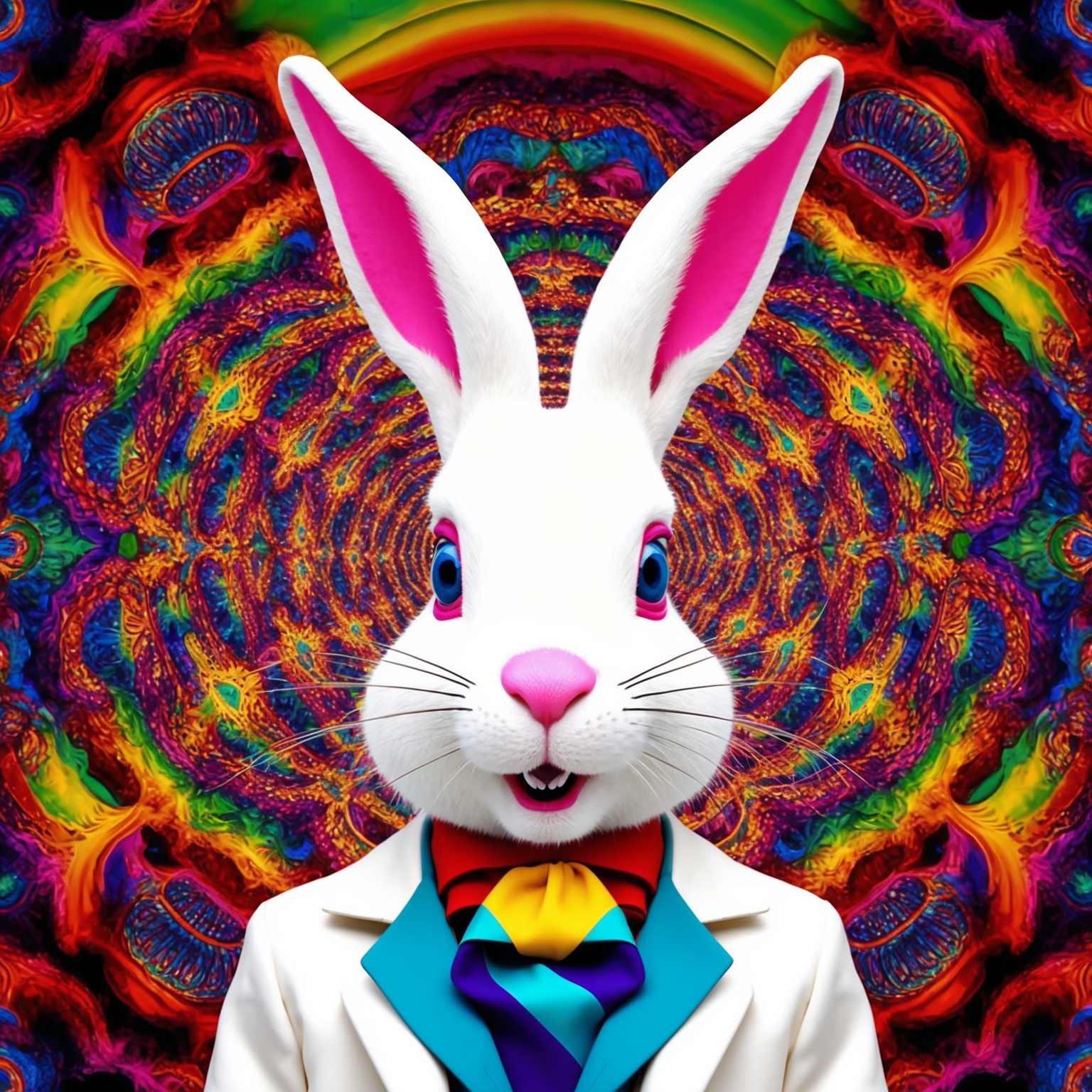
Jefferson Airplane’s ‘White Rabbit’ has managed to capture the cultural zeitgeist, earning a profound legacy embedded with significant accolades and numerous artistic reenactments. While the song itself did not win any direct awards upon its release, its impact has been recognized over the decades as a quintessential piece of psychedelic rock history. Its influence can be felt far and wide, adding layers to its rich narrative tapestry.
‘White Rabbit’ has been immortalized through various cover versions by a myriad of artists, each bringing their own unique flair to the classic track. For instance, Grace Potter’s cover continues to resonate with audiences, capturing the intoxicating essence of the original while offering a modern twist. Other notable covers include one by Pink, bringing a powerful and ethereal interpretation to the already potent song, and Collide, whose version injects a moody, electronic vibe into the classic.
The song has graced multiple forms of media, further cementing its esteemed position in pop culture. From its use in films like ‘Platoon’ and ‘Fear and Loathing in Las Vegas’ to television series including ‘The Sopranos’ and ‘The Simpsons’, ‘White Rabbit’ has become synonymous with sequences that require a sensory and sometimes surreal atmosphere. Its inclusion in video games such as ‘Battlefield Vietnam’ also highlights its enduring appeal across different media platforms, ensuring Jefferson Airplane’s iconic anthem remains vibrant and relevant.
Climbing the Charts: The Journey of ‘White Rabbit’
White Rabbit’ surged up the charts in 1967, reaching number 8 and cementing Jefferson Airplane’s place in rock history. As a defining anthem of the ’60s counterculture, it combined chart success with lasting influence.
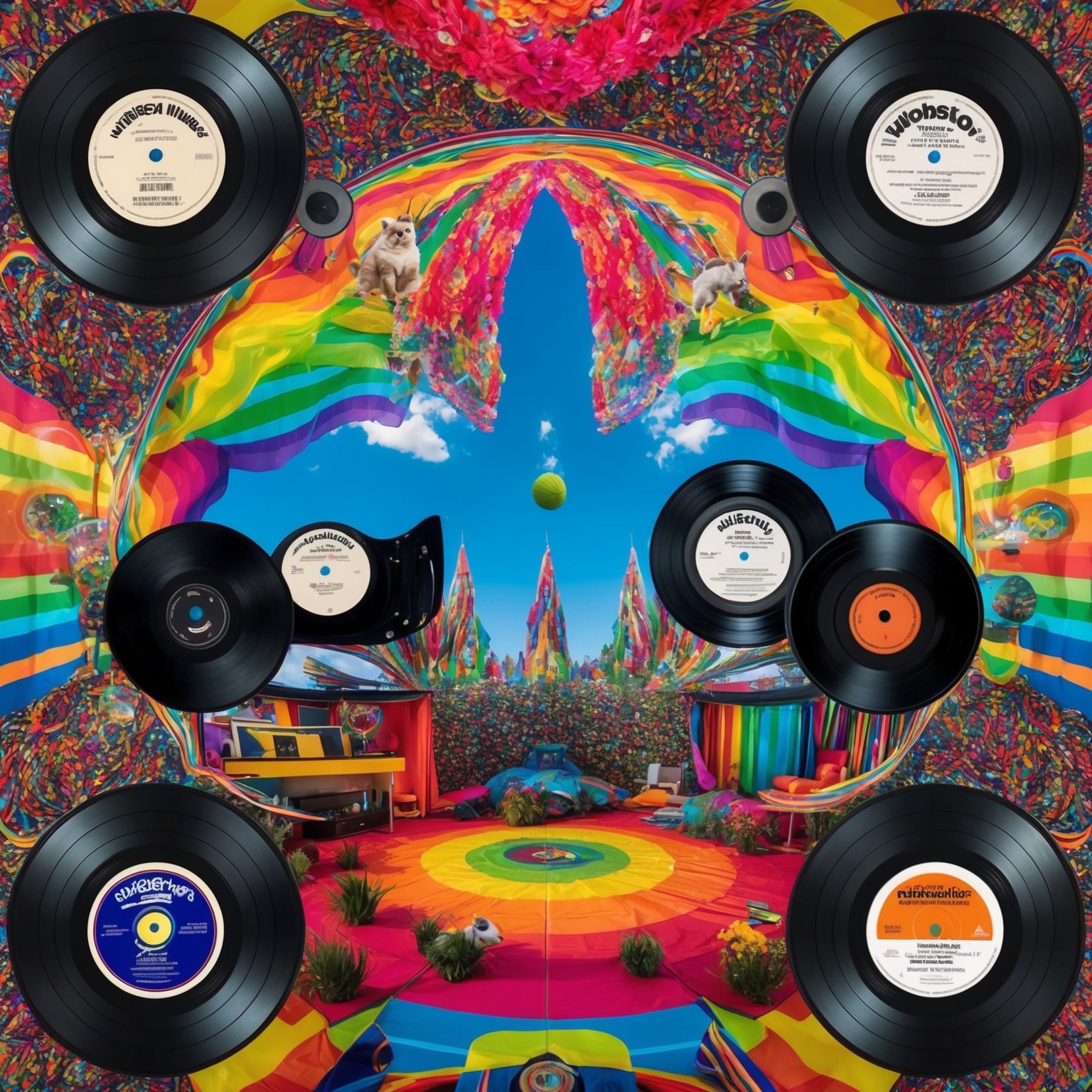
Jefferson Airplane’s ‘White Rabbit’ beckoned listeners into a psychedelic wonderland upon its release in 1967, and its journey through the charts was as dramatic as its spiraling soundscapes. Released as a single from the band’s groundbreaking album ‘Surrealistic Pillow’, the song captured the imagination of the counterculture and secured a firm foothold in the music charts. Initially entering the Billboard Hot 100 at a modest position, it rapidly gained momentum, climbing to an impressive peak at number 8. This ascent marked a significant milestone not only for the band but also for the proliferation of psychedelic music into mainstream consciousness.
At the time, the music scene was a vibrant tapestry of emerging styles, with ‘White Rabbit’ standing out as a unique entrant. Its success was not merely a product of its catchy riffs, but also of its lyrical content that resonated with a generation seeking to transcend conventional norms. Within the broader context of Jefferson Airplane’s catalog, ‘White Rabbit’ emerged as one of their signature hits, following the initial breakthrough of ‘Somebody to Love’. While ‘Somebody to Love’ introduced the band to a wider audience, ‘White Rabbit’ solidified their reputation for crafting socially and politically relevant music.
The marketing strategy for ‘White Rabbit’ leaned heavily on the song’s enigmatic appeal and the growing interest in the cultural currents of the time. The label ingeniously positioned it within a landscape eager for innovation and experimentation, utilizing radio play and live performances to amplify its reach. Critically, the song was lauded for its daring approach, with reviewers praising its lyrical boldness and musical innovation. ‘White Rabbit’ not only enjoyed chart success but also etched its way into the tapestry of 1960s counterculture. Its legacy extended beyond mere numbers, influencing subsequent generations of artists and becoming a mainstay on streaming platforms, illustrating its enduring appeal.
Exploring the Visual Journey of White Rabbit
Explore how the song **White Rabbit** by **Jefferson Airplane** has inspired rich visual interpretations through fan videos and iconic live performances, adding new dimensions to its psychedelic themes.
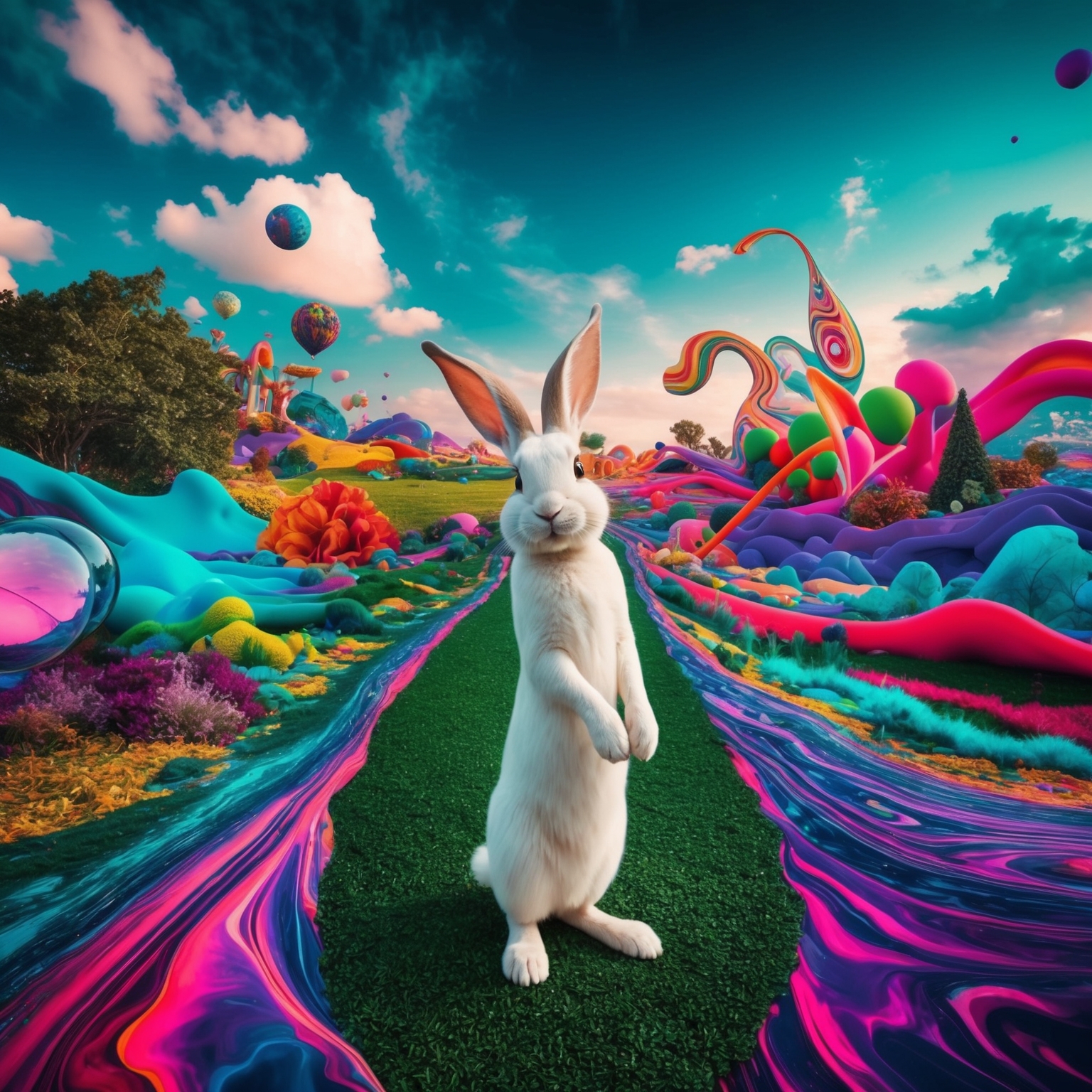
Though the iconic song **White Rabbit** by **Jefferson Airplane** does not have an official music video from the era in which it was released, the track continues to inspire a multitude of visual interpretations. The popularity of **White Rabbit** transcends its original audio format, inspiring countless fan-made videos, live performance recordings, and visual renditions that capture its psychedelic essence. The visual accompaniments often draw heavily on the song’s thematic core, delving into the surreal imagery inspired by Lewis Carroll’s works, particularly *Alice’s Adventures in Wonderland* and *Through the Looking-Glass*.
Fans have utilized various media forms to visually interpret **White Rabbit**, creating animations and short films that range from literal to abstract. These videos often incorporate rich color palettes and dreamlike sequences, effectively echoing the heightened state of awareness and exploration found in the song’s lyrics. Such visual conceptions add another layer of interpretation and have significantly contributed to sustaining the song’s popularity in modern times, keeping it relevant across generations.
Live performances also serve as a crucial component in visualizing **White Rabbit**. Jefferson Airplane’s vibrant stage presence in performances like those at Woodstock and The Monterey Pop Festival captured the energy and psychedelic spirit of the song. These live renditions bring another layer to **White Rabbit**, with each performance etching the music into the collective consciousness of the audience. Visual elements during these concerts, such as strobe lights and fluid, moving backgrounds, enhance the hallucinatory themes and add to the mystique of the track.
Decoding the Intricacies of ‘White Rabbit’
Explore the musical structure of Jefferson Airplane’s ‘White Rabbit,’ from its intriguing key choice to its unique instrumentation and place in the band’s evolving discography.

‘White Rabbit,’ a standout track by Jefferson Airplane, is an expertly crafted piece that captures the listener with its ingenious musical structure. The song is primarily written in the key of F♯ minor, which lends it a mysterious and alluring tone. F♯ minor is often associated with feelings of angst and tension, which complements the song’s lyrical themes tied to the surreal and psychedelic.
The chord progression follows a mesmerizing and somewhat minimalist pattern. The simplicity of the chord structure—often alternating between F♯ minor and A major—lays the groundwork for the song’s hypnotic quality. Coupled with a moderate tempo of approximately 112 beats per minute, ‘White Rabbit’ maintains a steady yet compelling pulse that mirrors the experience it seeks to portray.
The melody and harmony of ‘White Rabbit’ are distinctively marked by the use of ascending scalar patterns, reminiscent of classical Spanish compositions, which add to the song’s unique sound. The song features a basic drum rhythm that plays a significant role in anchoring the music while allowing the intricate fills of guitars and the rich density of the bassline to shine through. The instrumentation includes guitars, bass, drums, and notably, a trumpet that creates a bold, brassy resonance reflective of 1960s psychedelic exploration.
When analyzed within the broader context of Jefferson Airplane’s discography, ‘White Rabbit’ serves as a pivotal piece that highlights the band’s tonal shift towards more daring and explorative compositions. Contrasting with their previous work, which often leaned toward more traditional folk rock, ‘White Rabbit’ illustrates an embrace of the avant-garde that marked the band’s evolution and aligned them more closely with the experimental spirit of the late 1960s. This can be seen as a stepping stone that paved the way for the echoed themes of liberation and exploratory soundscapes in their later albums.
The recording of ‘White Rabbit’ took place in the famous RCA Victor’s Music Center of the World studio in Los Angeles. With the production helmed by Rick Jarrard, an industry veteran, the track was perfected through meticulous studio sessions. An interesting anecdote from the recording process is that Grace Slick, the band’s lead vocalist and the composer of ‘White Rabbit,’ insisted on recording her vocals in a single take to capture the raw emotion and intensity she felt the song required.
Diving into the Surreal and Symbolic Narrative of ‘White Rabbit’
Explore the enigmatic lyrics of ‘White Rabbit,’ revealing its surreal storytelling and cultural commentary through Carroll’s whimsical wonderland.
And one pill makes you small
And the ones that mother gives you
Don’t do anything at all
Go ask Alice
When she’s ten feet tall
And if you go chasing rabbits
And you know you’re going to fall
…
******* This Lyrics is NOT for Commercial use *******
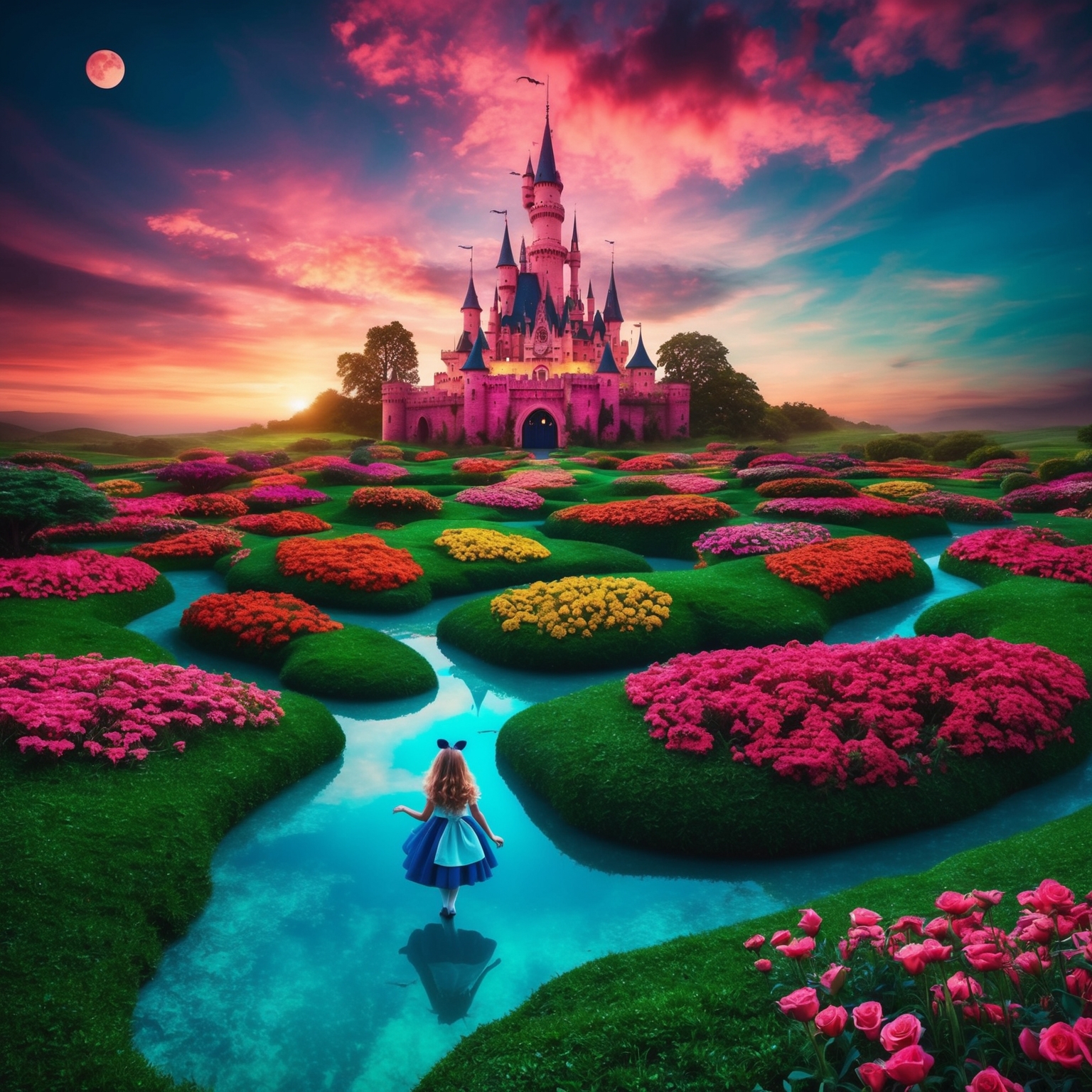 Jefferson Airplane’s ‘White Rabbit’ stands as a haunting and enigmatic piece of musical artistry, a song that artfully straddles the line between surreal storytelling and social commentary. At its core, the lyrics draw heavy inspiration from the famous literary work, ‘Alice’s Adventures in Wonderland’, written by Lewis Carroll. This allusion not only provides the song with its dream-like narrative style but also imbues it with rich layers of metaphor and meaning.
Jefferson Airplane’s ‘White Rabbit’ stands as a haunting and enigmatic piece of musical artistry, a song that artfully straddles the line between surreal storytelling and social commentary. At its core, the lyrics draw heavy inspiration from the famous literary work, ‘Alice’s Adventures in Wonderland’, written by Lewis Carroll. This allusion not only provides the song with its dream-like narrative style but also imbues it with rich layers of metaphor and meaning.
The lyrical themes in ‘White Rabbit’ cautiously explore the concepts of perception, reality, and consciousness. Opening with a reference to pills that alter size—a clear nod to Alice’s metamorphosis in Wonderland—the song alludes to the altered states of consciousness commonly associated with psychedelic experiences of the 1960s. Through such imagery, the song cleverly opens a dialogue on the counterculture movement’s exploration of mind expansion and inner realities, touching on themes that resonated deeply with an audience questioning the status quo.
The narrative unfolds with Alice as a centerpiece, encouraging listeners to follow her journey through the looking glass, a metaphorical journey of self-discovery and introspection. This storytelling element crafts a world where logic is turned on its head, encapsulating the spirit of the era’s literary influences. Here, the use of first and third-person perspectives blurs the line between narration and message, inviting the listener to dive headfirst into the tale while reflecting on the broader implications depicted in the song.
Rich in literary devices, the song exhibits a plethora of metaphors, similes, and symbolic references such as ‘chasing rabbits’, adding layers of intrigue to its already cryptic narrative. This wordplay enhances the song’s ability to evoke emotion and provoke thought, allowing listeners to extract personal interpretation and find their own reflection in its words. Furthermore, the rhythmic structure and rhyme scheme offer a hypnotic quality that enhances its lyrical storytelling, encouraging repeated listens for deeper comprehension.
Did you know? 🐰🎸 Jefferson Airplane’s White Rabbit was inspired by Alice in Wonderland and was recorded in just one take! 🎶✨ #WhiteRabbit #60sRock #PsychedelicMusic https://bit.ly/3AiKWc9
Click to Tweet

